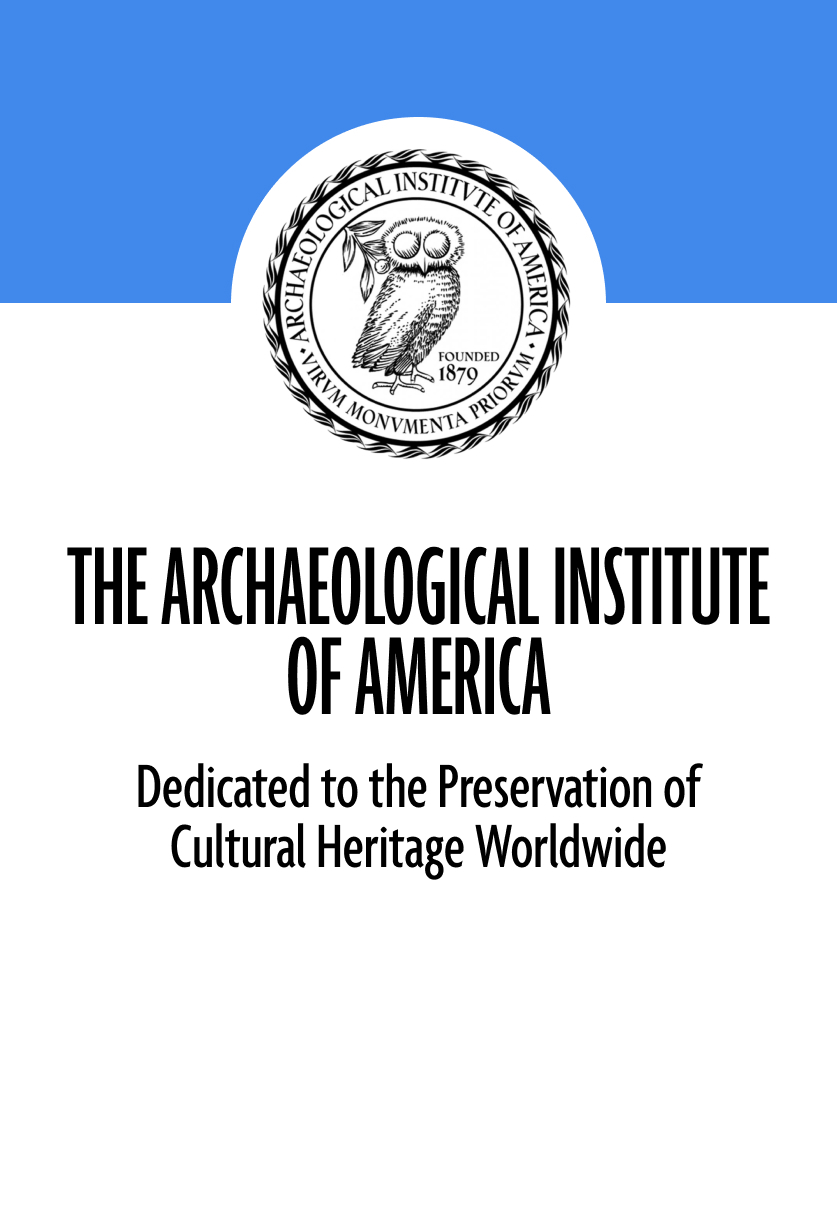TOULOUSE, FRANCE—IFL Science reports that José Braga of the University of Toulouse and the University of the Witwatersrand, and Jacopo Moggi-Cecchi of the University of Florence examined three fragmented hominin skulls of babies or young children discovered in South Africa and Ethiopia in an effort to determine if species-specific traits were present from birth. For example, Homo habilis adults can be identified through their robust jaws with elongated tooth rows, and Homo erectus adults are known for their continuous brow ridges. The infants’ remains were then compared to 15 other human crania belonging to slightly older children. The researchers were able to identify two of the infant skulls as belonging to Homo habilis and Homo affinis erectus, or a species closely related to Homo erectus. The scientists were not able to identify the third skull with confidence, however. Read the original scholarly article about this research in Nature Communications. To read more about hominins in Ethiopia, go to "Artifact: Australopithecus anamensis Cranium."
Infant Hominin Skulls Examined
News November 5, 2025
Recommended Articles
Artifacts November/December 2019
Australopithecus anamensis Cranium
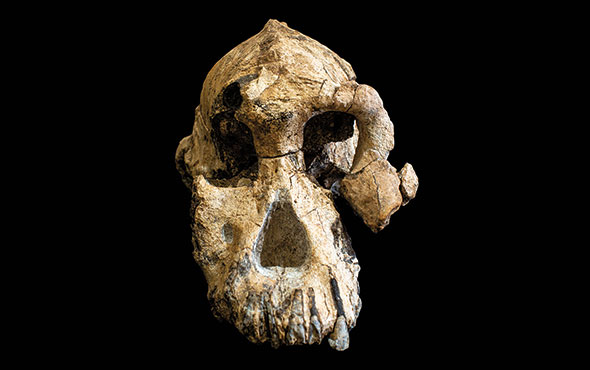
Top 10 Discoveries of the Decade January/February 2021
Neanderthal Genome
Vindija Cave, Croatia, 2010
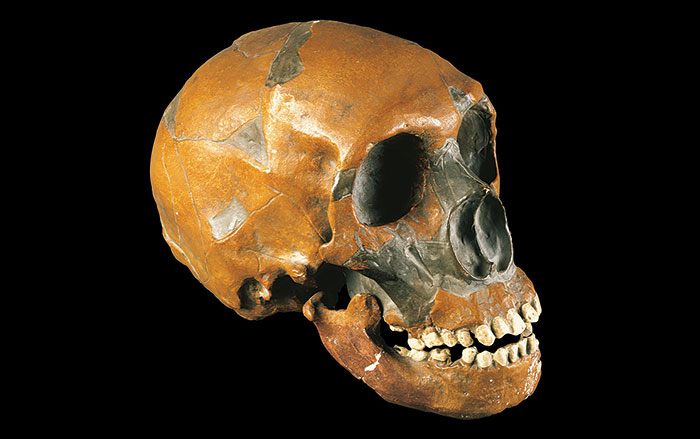
Features September/October 2017
The Heights We Go To
The links among extreme environments, genetics, and the human ability to adapt

Digs & Discoveries January/February 2017
Hungry Minds
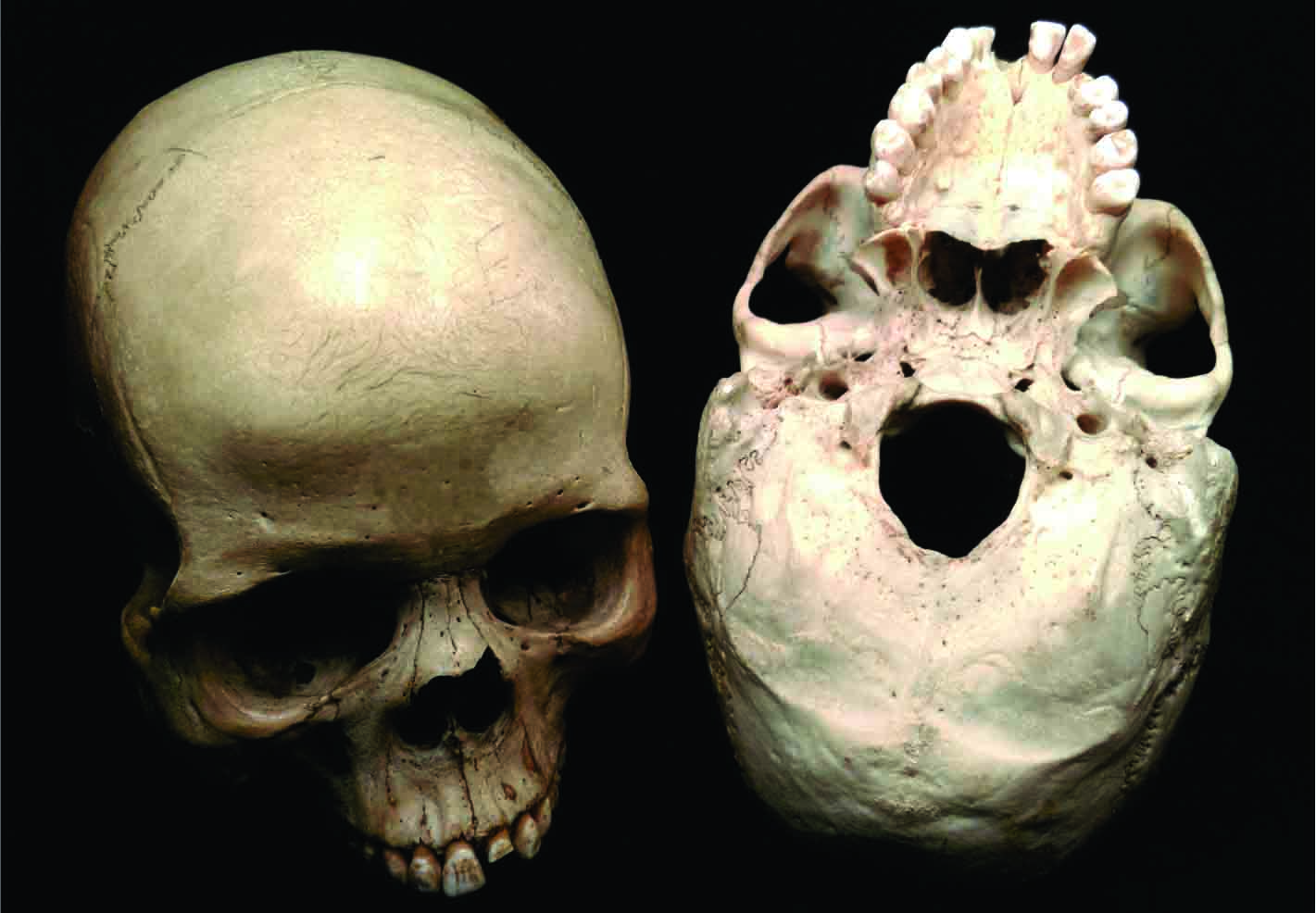
-
Features November/December 2025
Acts of Faith
Evidence emerges of the day in 1562 when an infamous Spanish cleric tried to destroy Maya religion
 Adriana Rosas/Alamy
Adriana Rosas/Alamy -
Features November/December 2025
Temples to Tradition
A looted cache of bronzes compels archaeologists to explore Celtic sanctuaries across Burgundy
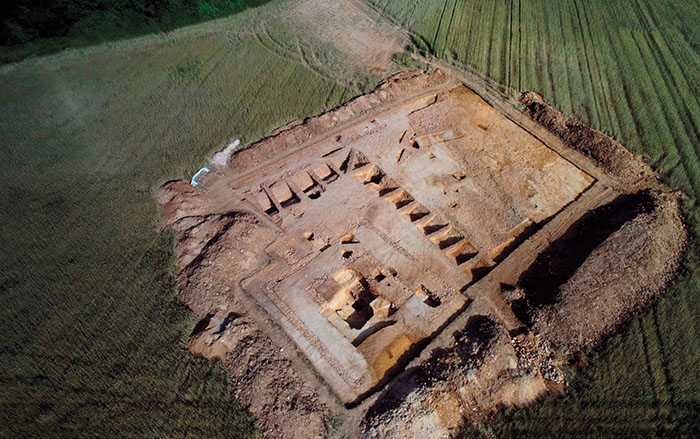 M. Thivet, MSHE
M. Thivet, MSHE -
Features November/December 2025
Oasis Makers of Arabia
Researchers are just beginning to understand how people thrived in the desert of Oman some 5,000 years ago
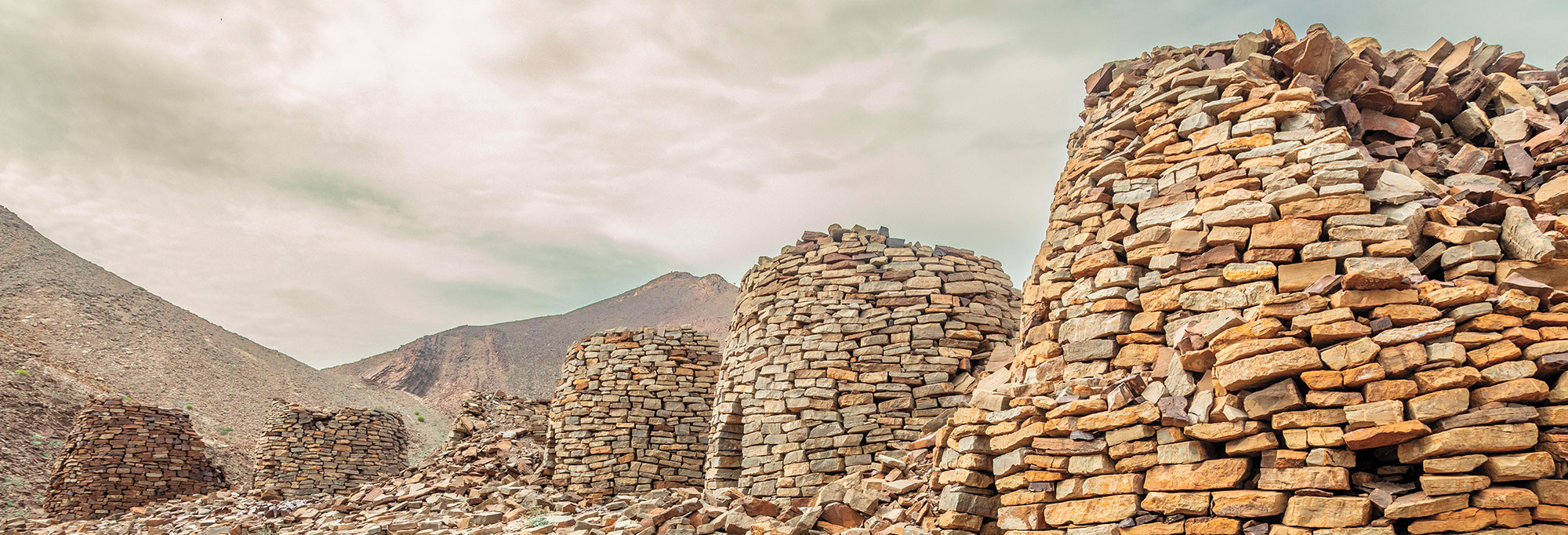 Vadim Nefedov/Alamy
Vadim Nefedov/Alamy -
Features November/December 2025
Searching for Venezuela’s Undiscovered Artists
Inspired by their otherworldly landscape, ancient people created a new rock art tradition
 José Miguel Pérez-Gómez
José Miguel Pérez-Gómez
